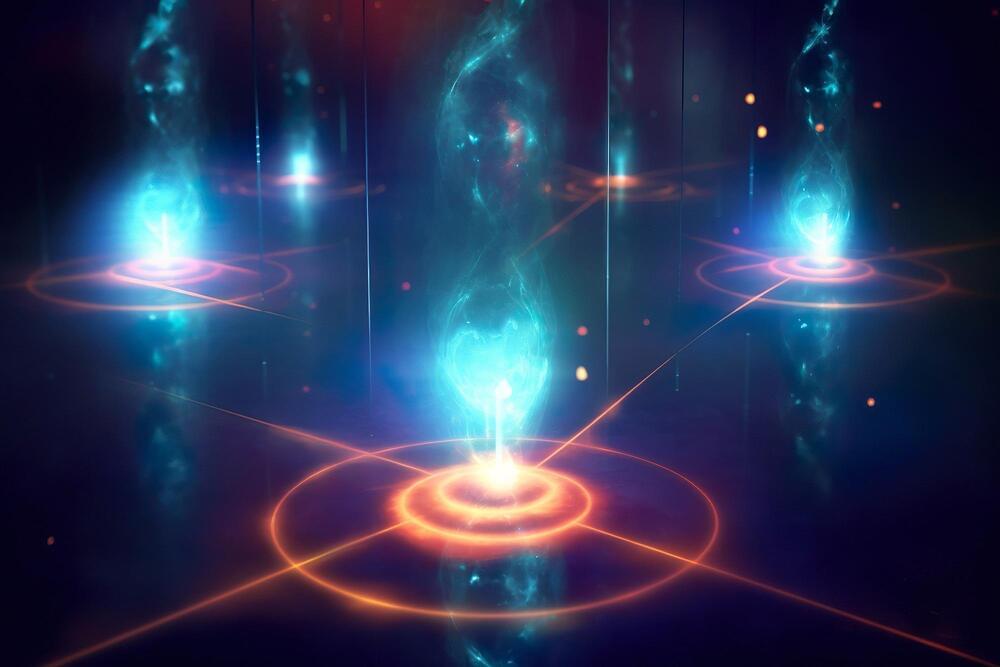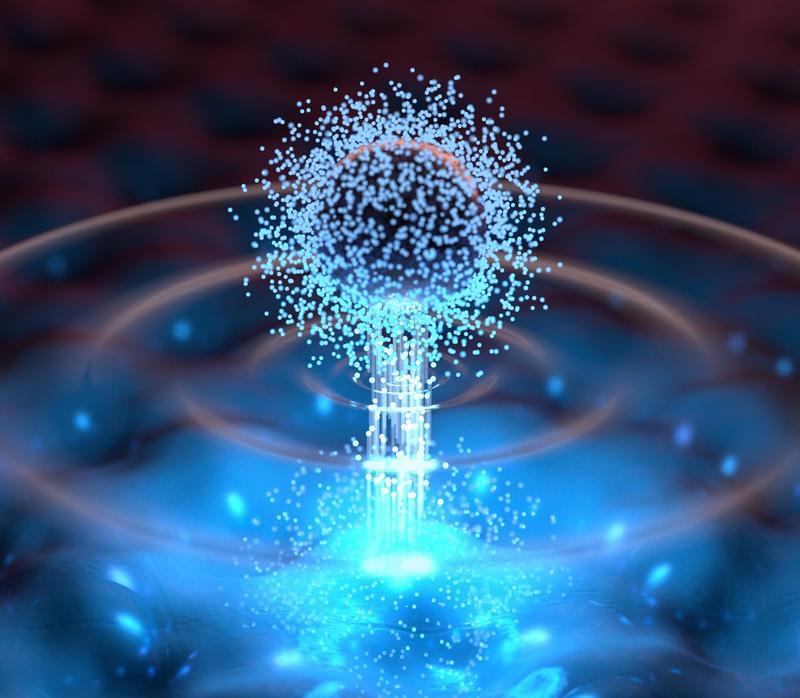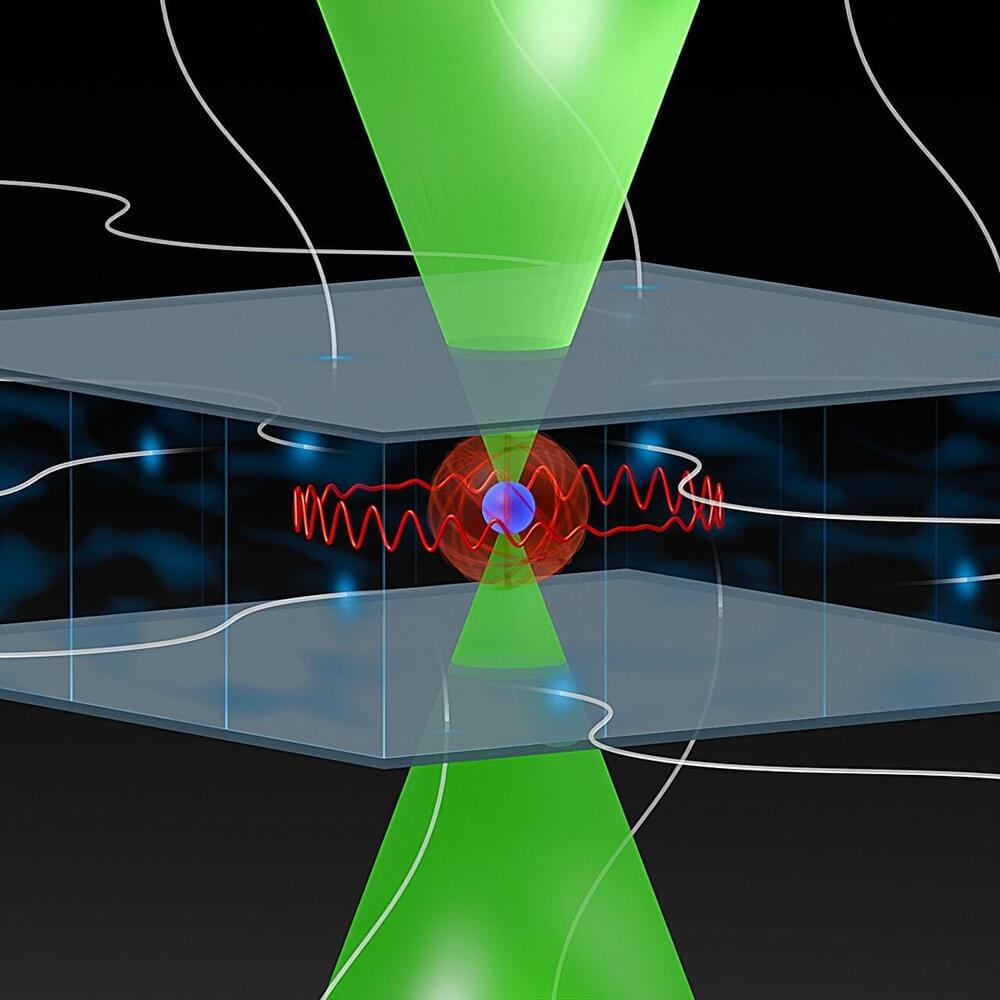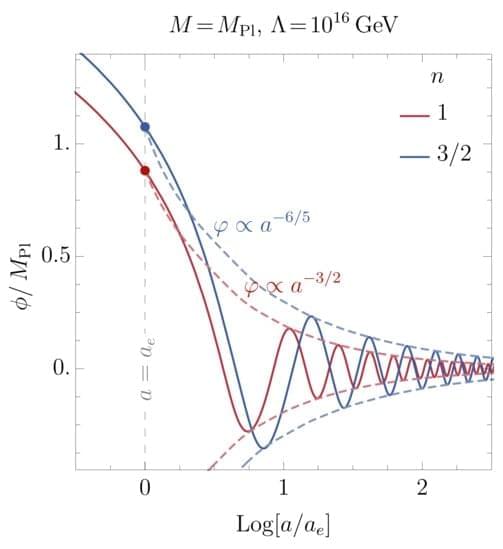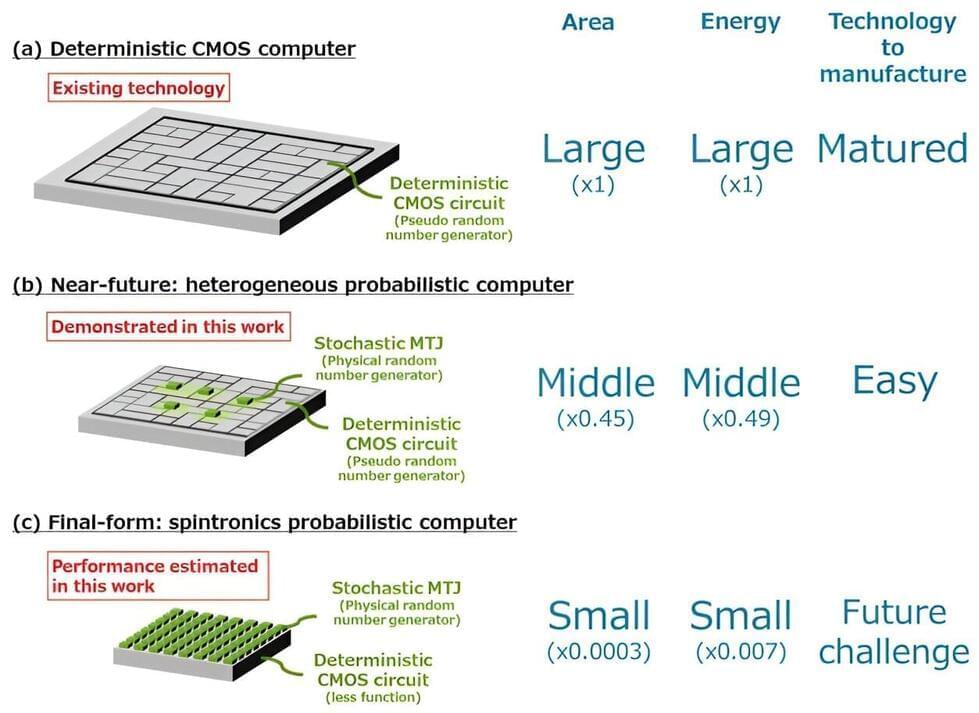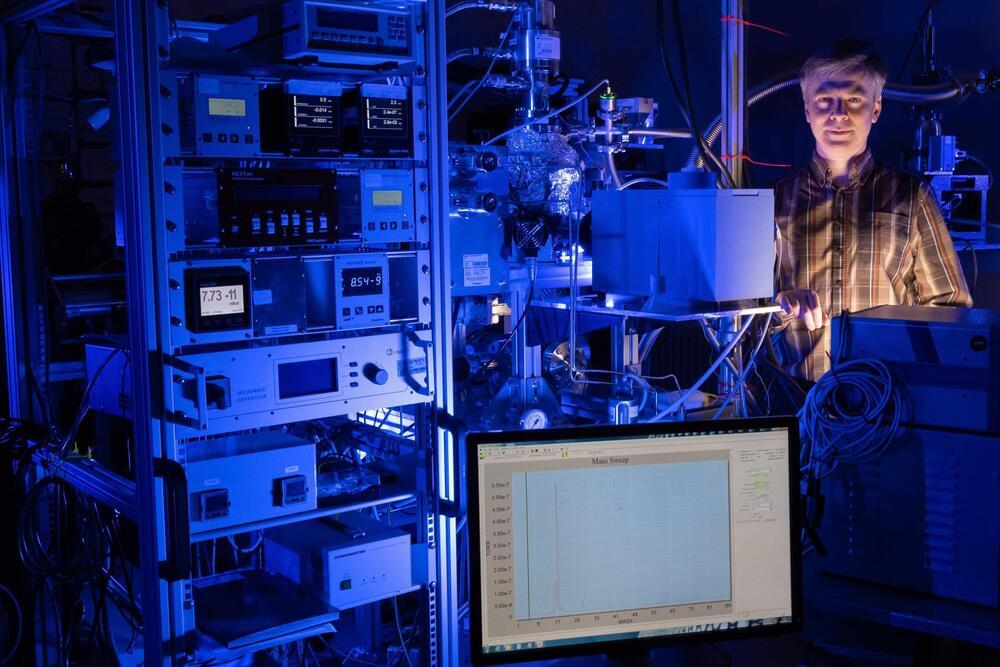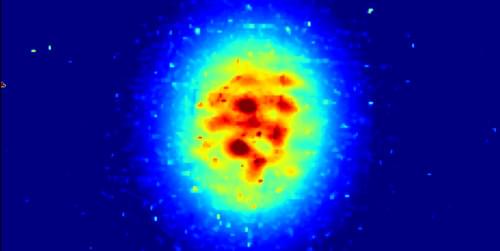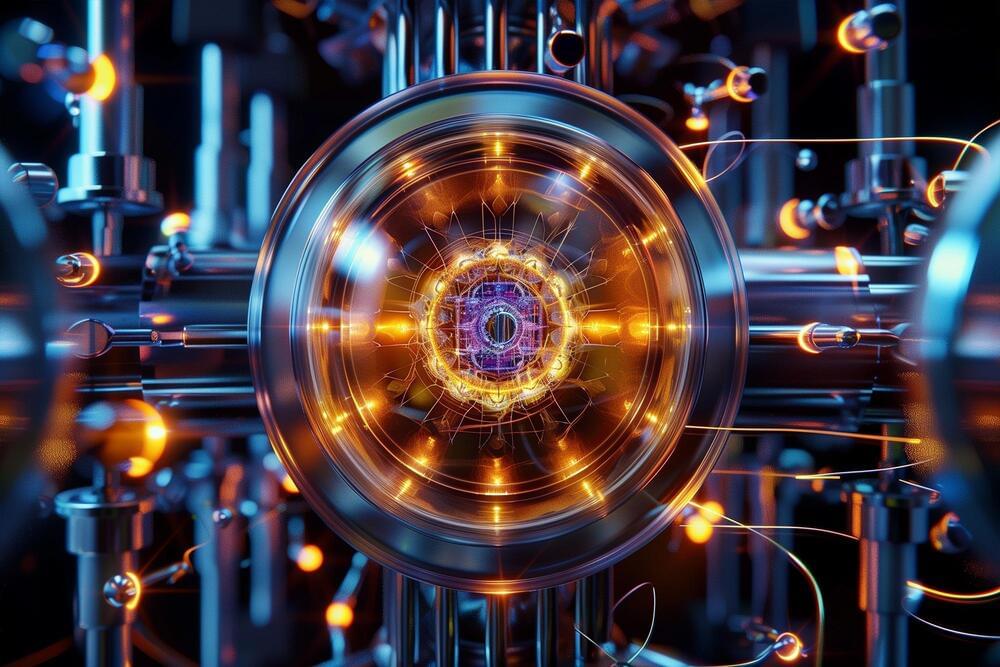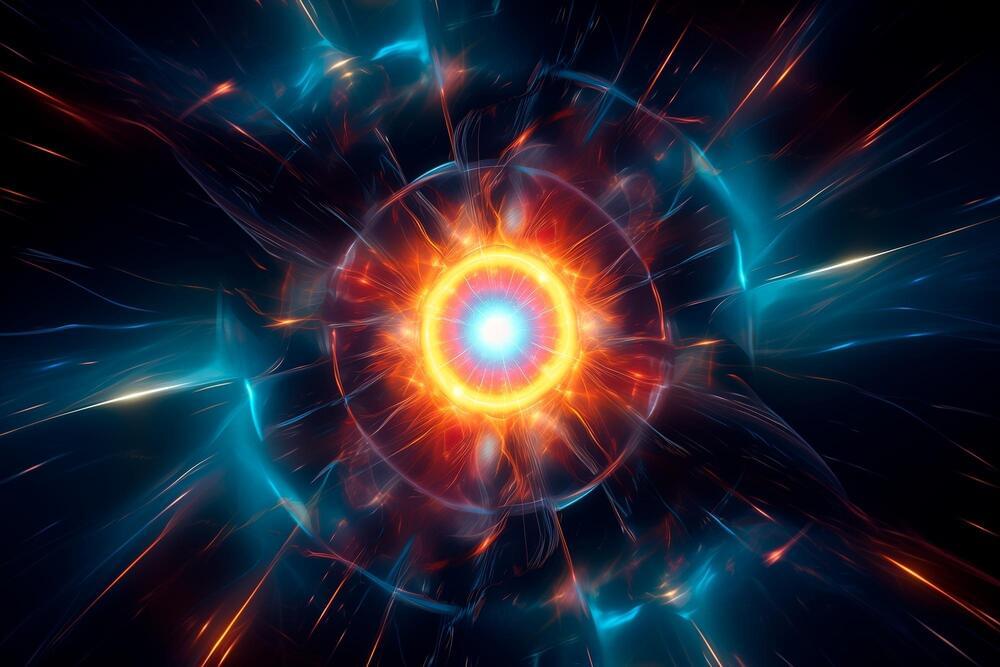Researchers succeeded in conducting an almost perfect quantum teleportation despite the presence of noise that usually disrupts the transfer of quantum state.
In teleportation, the state of a quantum particle, or qubit, is transferred from one location to another without sending the particle itself. This transfer requires quantum resources, such as entanglement between an additional pair of qubits. In an ideal case, the transfer and teleportation of the qubit state can be done perfectly. However, real-world systems are vulnerable to noise and disturbances — and this reduces and limits the quality of the teleportation.
Advancements in Noise-Resilient Teleportation.
